Erosion Protection With Radtke Contractors
Are you seeing signs of erosion and looking to protect your valuable waterfront? Or perhaps you would like to enhance the visual appeal of your shoreline?
Here at Radtke, we provide seawall installation and repair to:
- Protect against eroding embankments and bluffs
- Preserve your valuable waterfront property's shoreline
- Minimize future damage from crazy Wisconsin weather
- Enhance the visual appeal of your waterfront
Radtke is a name synonymous with quality & marine expertise!
Why Choose Radtke Contractors For Your Seawall Project?
Seawalls offer a multitude of benefits for your shoreline property. Here at Radtke, we use only quality materials to help keep your shoreline in one place! Such as:
- Concrete
- Rip rap/Boulders
- Sheet pile
- Southern yellow pine
- Galvanized steel tie beam systems
Radtke Contractors Is The RIGHT Choice:
- We Are Local and Family Owned Since 1965
- We Have Over a Century of Construction Expertise in:
- Marine Construction
- Bridge Construction
- Excavating
- We Offer Exceptionally Crafted Shoreline Solutions
- We Manufacture Right Here, in Winneconne WI
Investing in your waterfront property is invaluable! Let us help create the shoreline of your dreams! Contact us today for a FREE estimate!
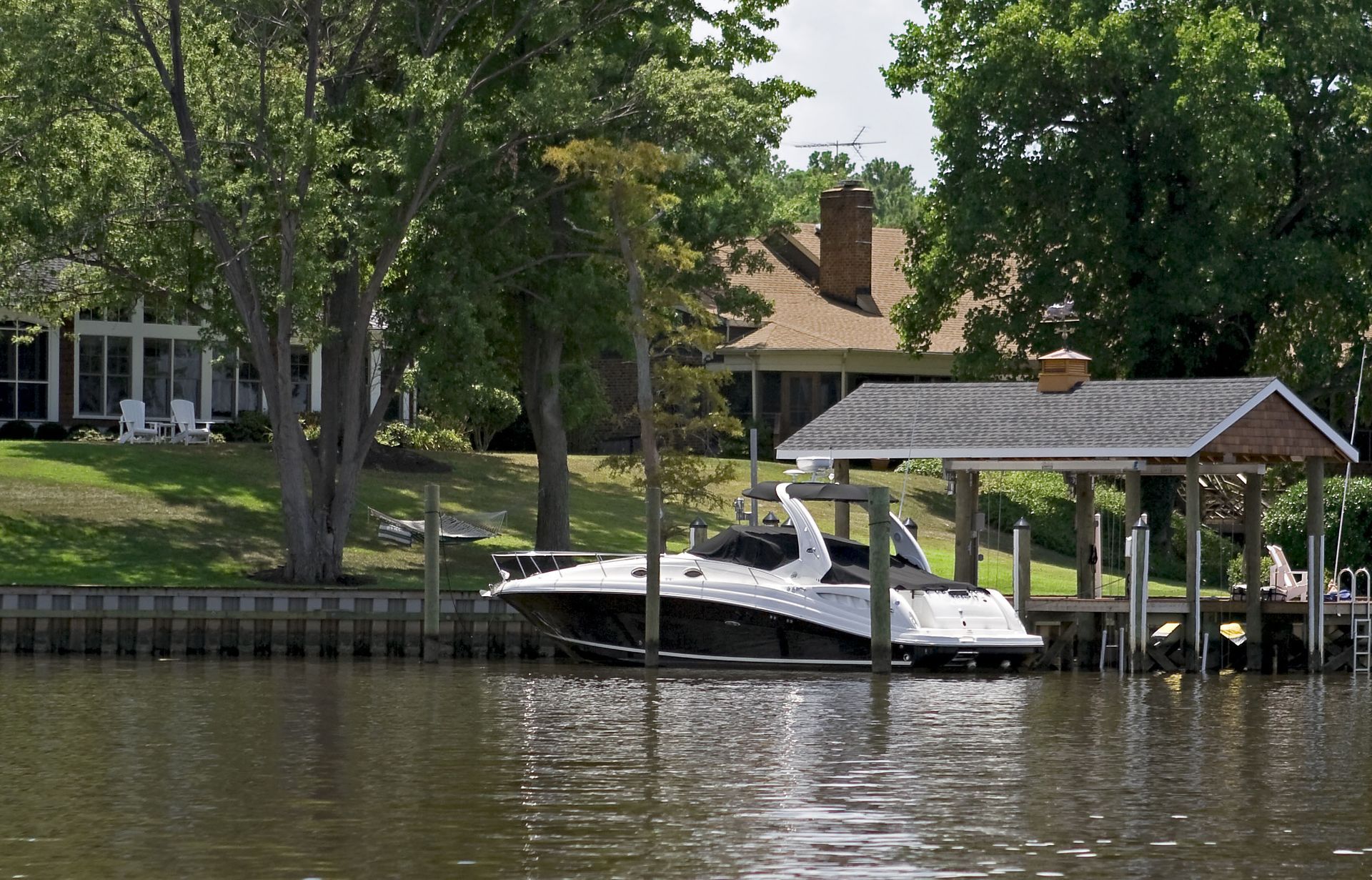
Related Services
Learn More About
Radtke Contractors Inc
Located in Winneconne, WI. Radtke Contractors Inc specializes in seasonal and permanent docks, boat lifts, seawalls, and rip rap. Free estimates. Serving you since 1965. Fully trained and certified. Call us now.
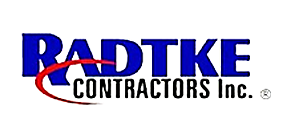


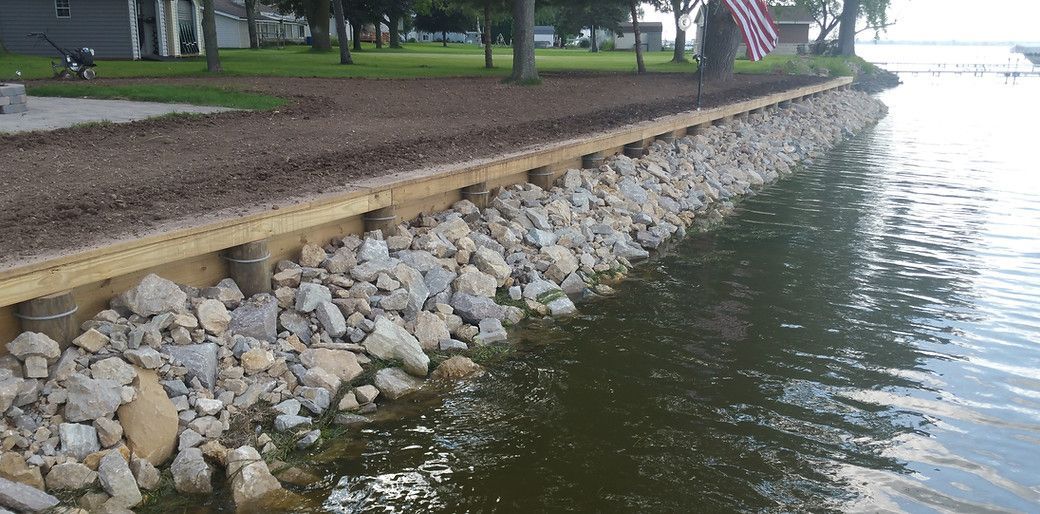
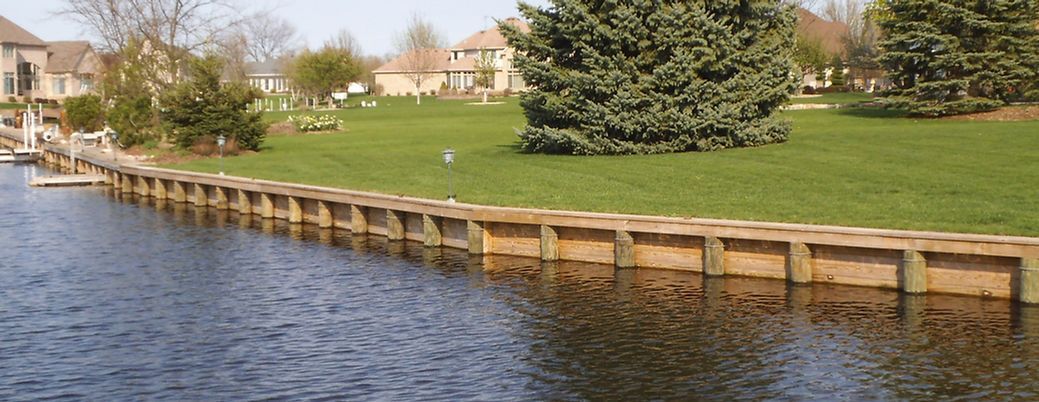
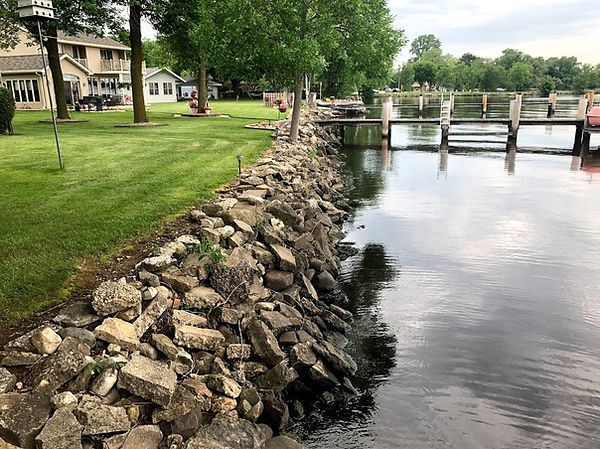
Share On: